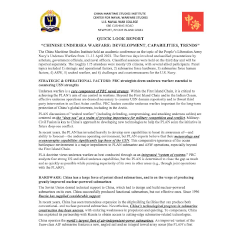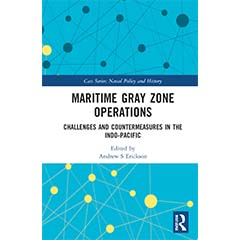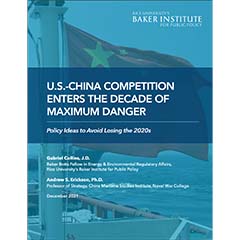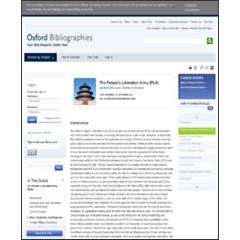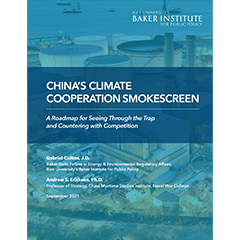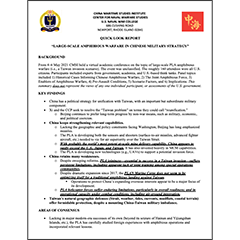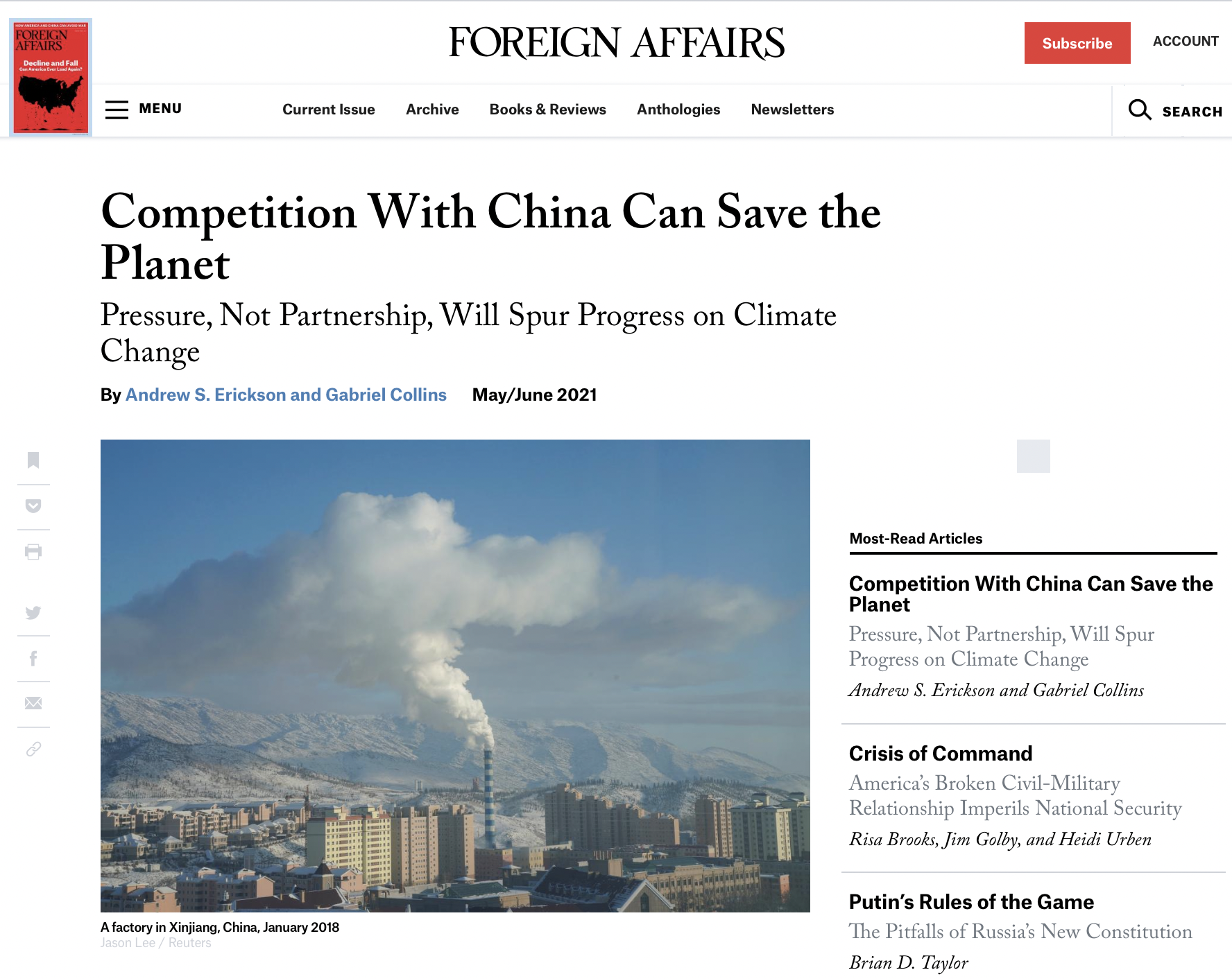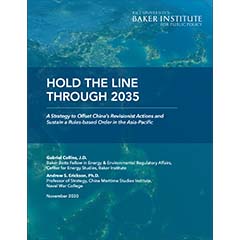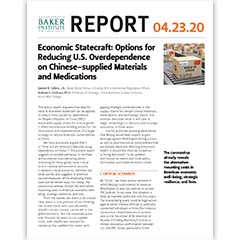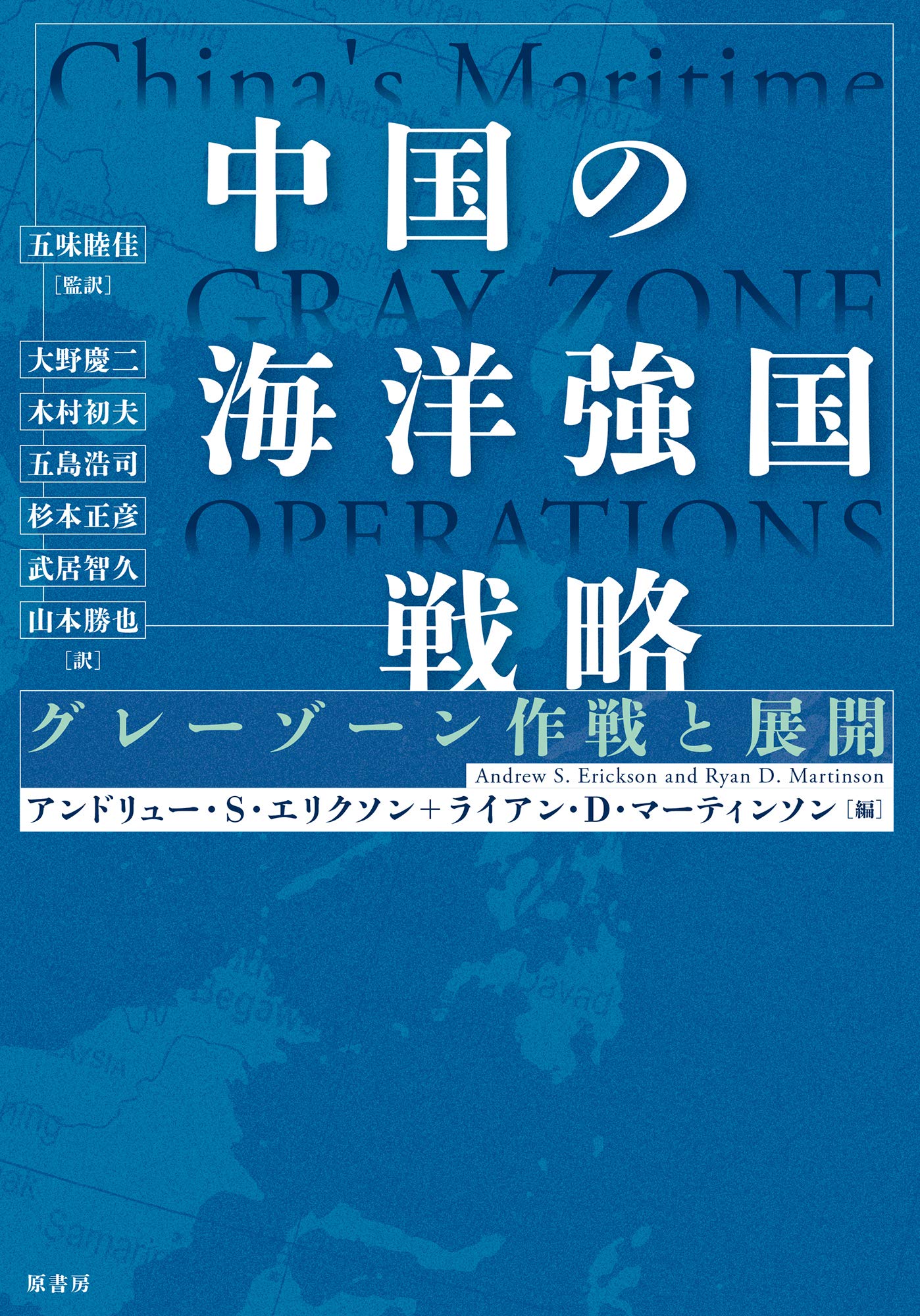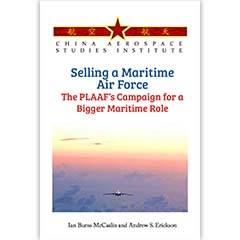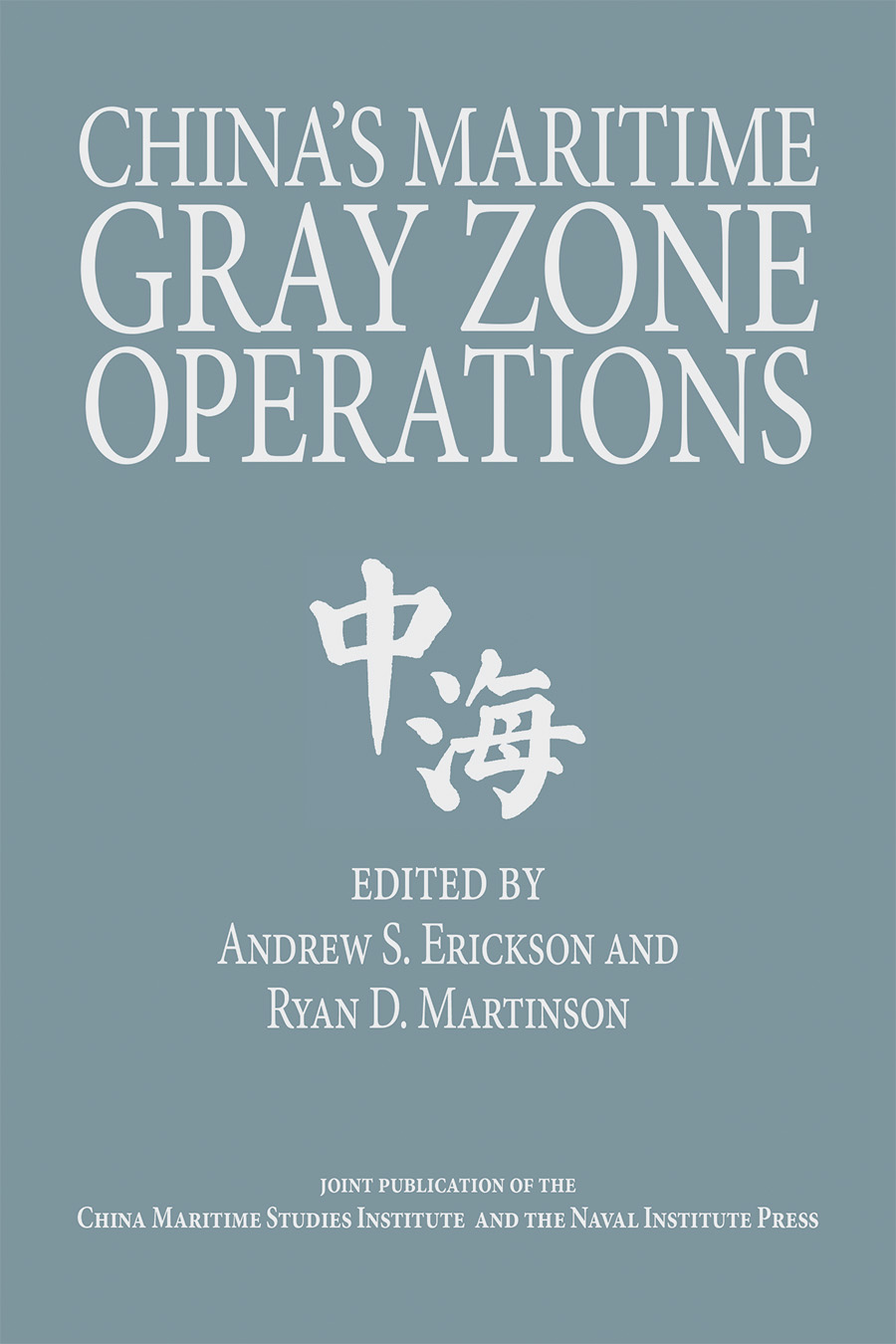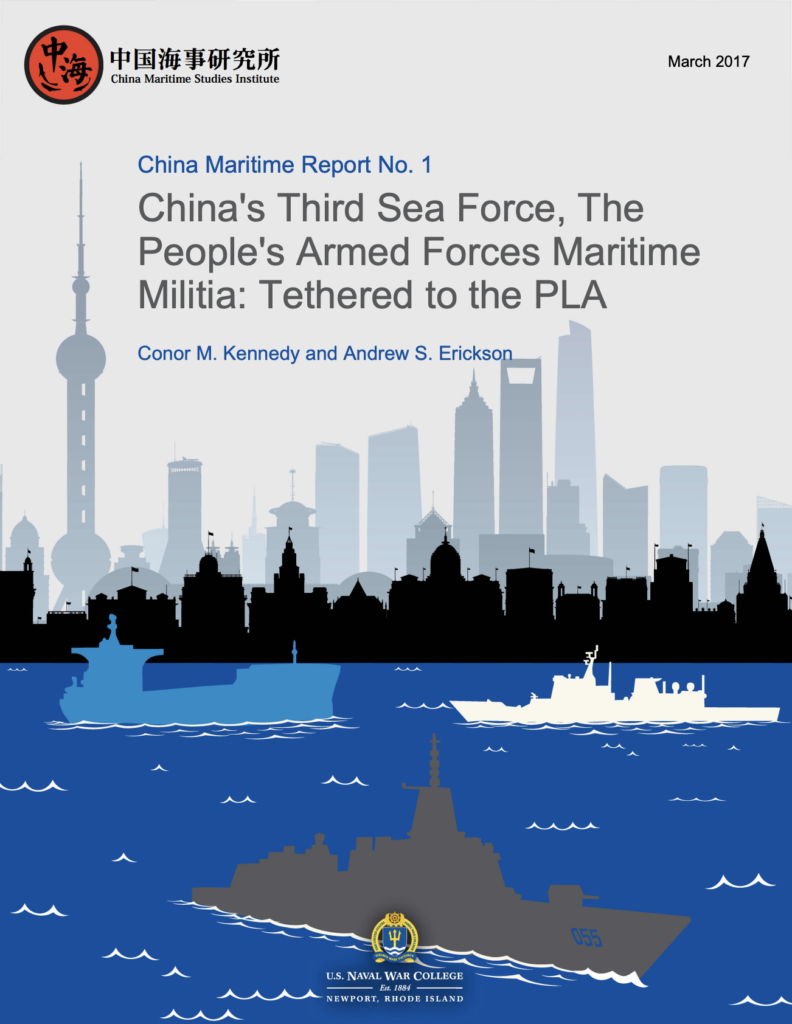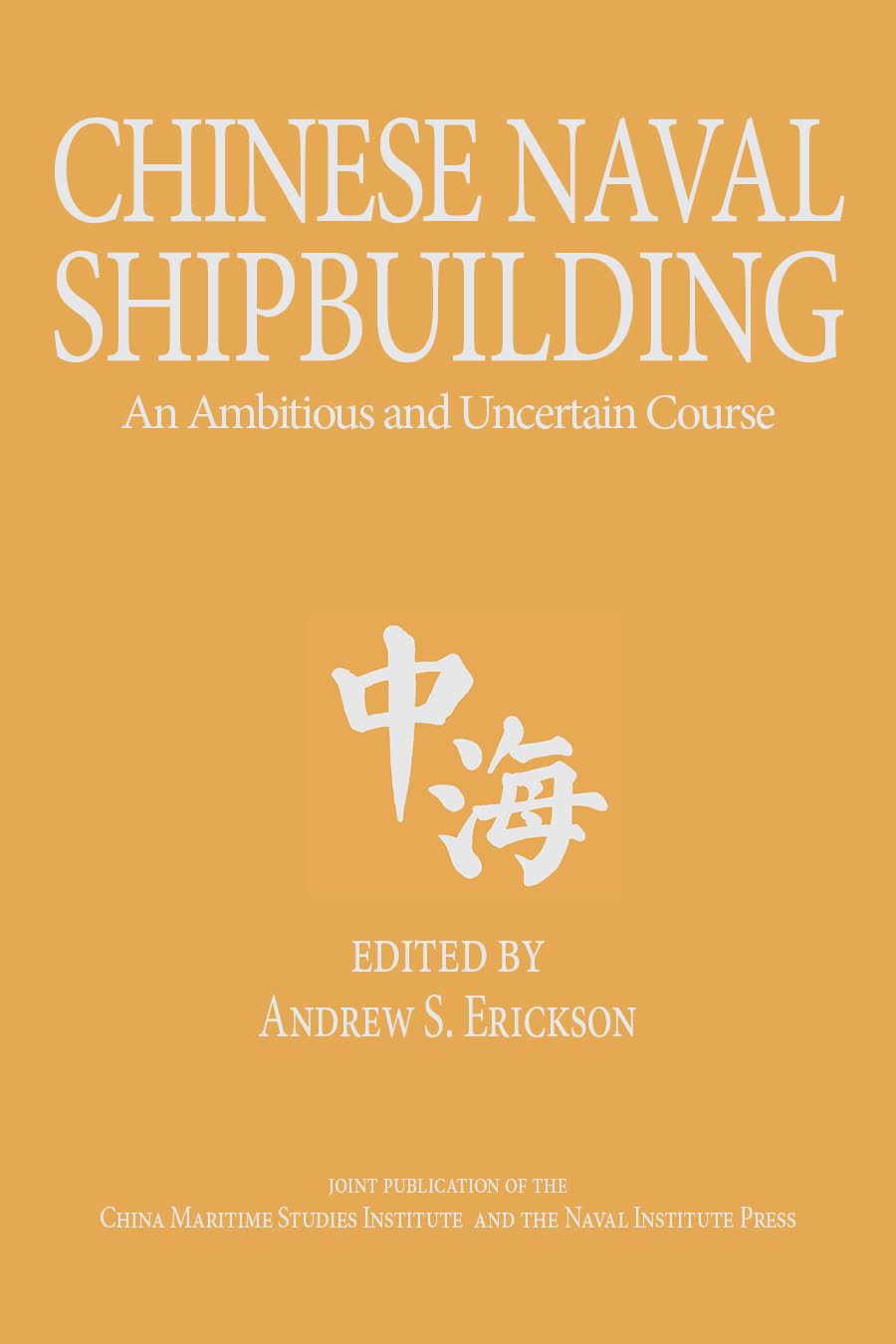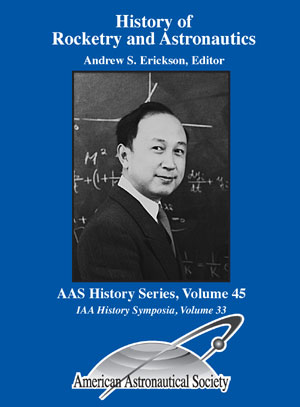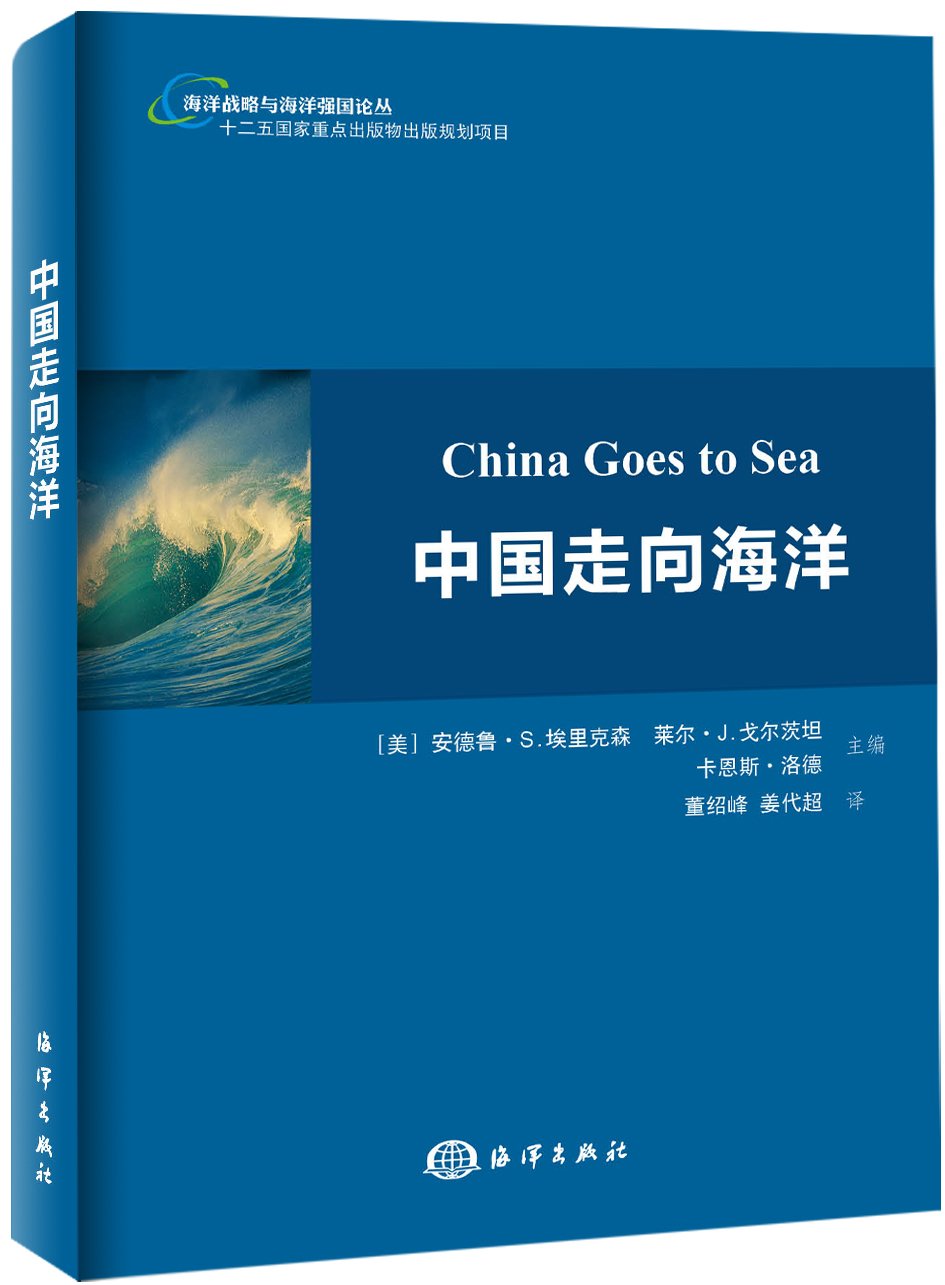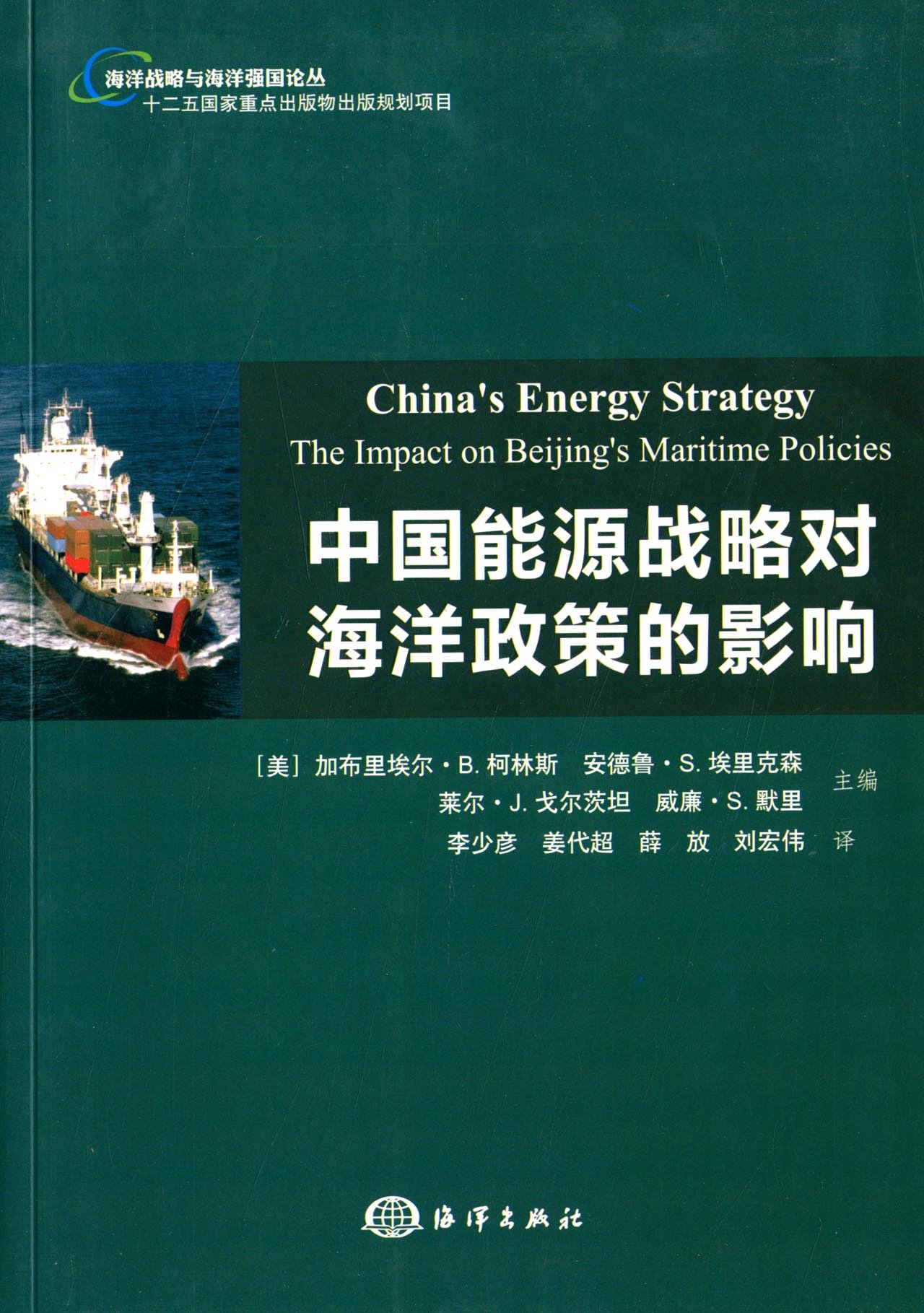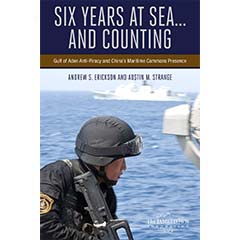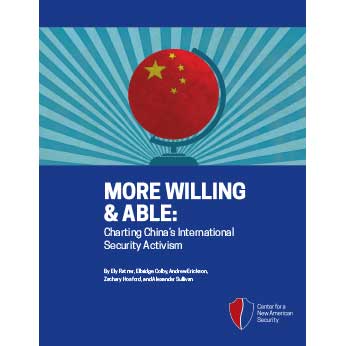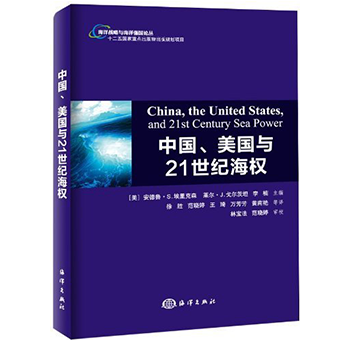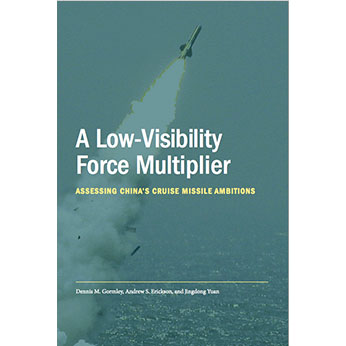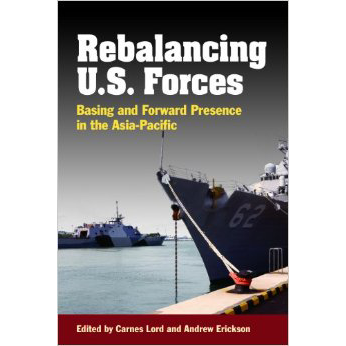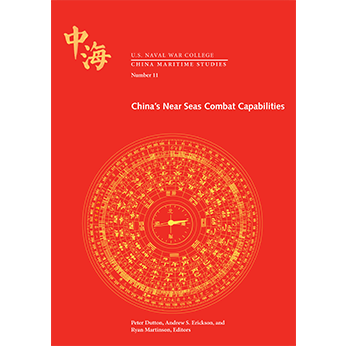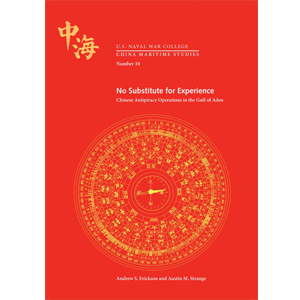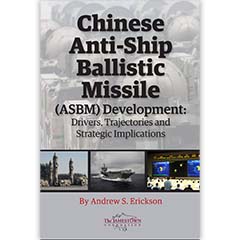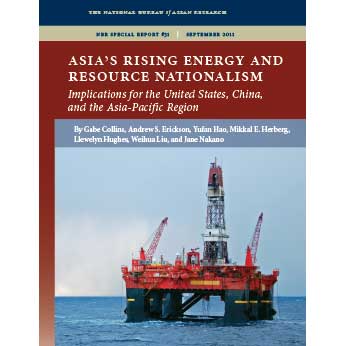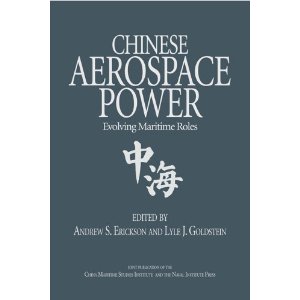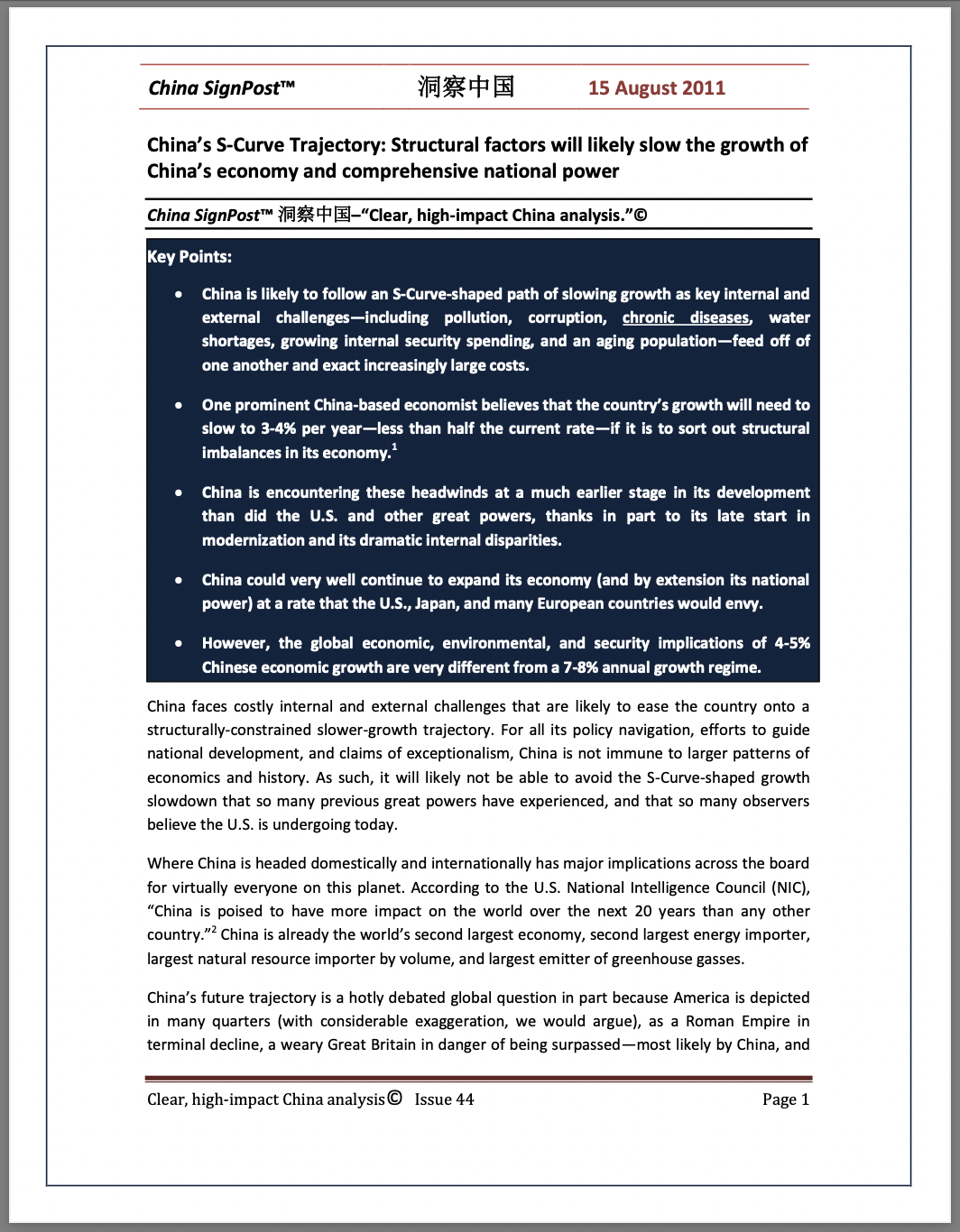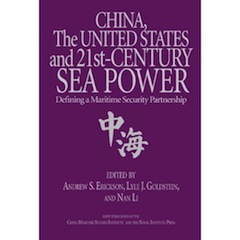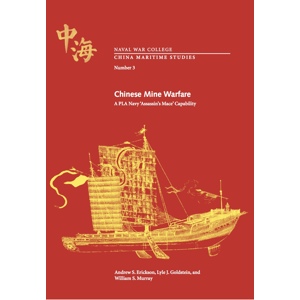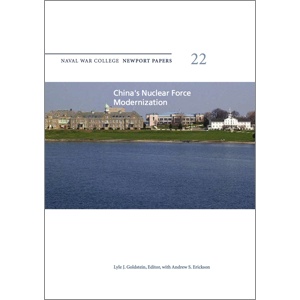Imposing the Fate of Sisyphus? The PLA as an Instrument of National Power & Force Preparation toward Taiwan
Andrew S. Erickson, “Imposing the Fate of Sisyphus? The PLA as An Instrument of National Power and Force Preparation toward Taiwan,” in Benjamin Frohman and Jeremy Rausch, eds., The PLA in a Complex Security Environment: Preparing for High Winds and Choppy Waters (Seattle, WA: National Bureau of Asian Research, 15 May 2025), 149–74.
CLICK HERE TO DOWNLOAD A FULL-TEXT PDF OF MY CHAPTER.
This chapter examines the goals of the Chinese Communist Party (CCP) and People’s Republic of China (PRC) regarding Taiwan under Xi Jinping, how they are pursued through the development and use of the People’s Liberation Army (PLA) in extant and potential campaigns, and PRC perceptions of effectiveness and trends.
EXECUTIVE SUMMARY
MAIN ARGUMENT
Asserting control over Taiwan has been a CCP objective since 1943. The PLA’s posture and employment have strengthened, with capabilities increasing dramatically since the 1995–96 Taiwan Strait crisis. Through his “centennial military building goal” of 2027, Xi seeks a full range of options to coerce or conquer Taiwan. PLA forces, training, and operations are burgeoning accordingly. China currently pursues an all-domain pressure campaign and preparatory exercises, with some timed opportunistically to punish actions by Taiwan or its supporters. Future campaign scenarios include—individually and in combination—coercion or limited force, blockade, bombardment, or invasion. PRC perceptions regarding the effectiveness of Beijing’s actions and cross-strait trends vary but tend toward pessimism, thereby motivating potential use of force.
POLICY IMPLICATIONS
- Xi is rapidly prioritizing tremendous national resources in pursuit of military options regarding Taiwan that his predecessors lacked, with rapid and concerning results.
- New patterns of activity, including pressure operations and preparatory exercises, increasingly threaten, stress, and risk demoralizing Taiwan.
- Military-informed PRC sources insinuate that Washington’s and Taipei’s cross-strait policies and actions are trending in an unacceptable direction, reflecting a failure thus far by Beijing and the PLA to curb them completely; however, the PLA is on track to be able to offer the necessary deterrence or compellence, potentially through CCP authorization to take harsher, more coercive approaches and even credibly threaten war.
- Taiwan and the U.S. must urgently deploy asymmetric capabilities to deter PRC aggression.
Andrew S. Erickson is a Professor of Strategy in the China Maritime Studies Institute at the U.S. Naval War College.
The views expressed here are the author’s alone. He thanks Joshua Arostegui, Brian Davis, Ian Easton, Rob Englehardt, Julia Famularo, David Finkelstein, Conor Kennedy, Dan Kostecka, Ryan Martinson, James Mulvenon, William Murray, Adam Pace, Jeremy Rausch, and Christopher Sharman for their invaluable inputs.
CHAPTER SUMMARY FROM INTRODUCTION, pp. 9-10:
Is China Preparing for the Use of Force?
At the same time that its leaders express doubt over some aspects of the force’s ability to fight a large-scale modern conflict, the PLA is steadily increasing its presence and improving its readiness to carry out assigned missions around the PRC’s periphery and beyond. This volume’s final section explores the PLA’s changing force posture and capabilities around Taiwan, in Southeast Asia, and in the South Pacific and how Beijing is using the PLA as an instrument of power to deter challenges to its interests and seize opportunities in pursuit of its goals.
In the section’s opening chapter, Andrew Erickson examines the PLA’s posture toward Taiwan and the force’s growing capabilities and options for conducting a cross-strait offensive campaign. Erickson argues that Xi Jinping is devoting tremendous national resources to improve the PLA’s options for an offensive operation against Taiwan and that his “centennial military building goal” of 2027 represents a major milestone for developing a full range of options to coerce or conquer the island. At the same time, Erickson finds that many Chinese writings suggest that Beijing does not yet believe the time is ripe to initiate a military conflict against Taiwan and that “peaceful reunification” remains the least costly way for resolving cross-strait political differences. Others, however, express greater willingness to use military coercion and even force to bring Taiwan under Beijing’s control. Erickson suggests that this view may be manifested in the PLA’s increasing use of military exercises and other pressure tactics to demoralize Taiwan’s leaders and population and instill a sense of futility in resisting the PRC’s growing national power.
SAMPLE TEXT
This chapter examines Xi Jinping’s strategic objectives vis-à-vis Taiwan and the pursuit of those objectives through the People’s Liberation Army (PLA), assesses key trends, and considers whether the People’s Republic of China (PRC) perceives these efforts as effective. Its main argument is that Xi’s policies have increased military funding and capabilities, aiming to impose a Sisyphean sense of futility on Taiwan to compel unification without direct conflict. The ambition of the Chinese Communist Party (CCP) to control Taiwan has been steadfast for decades, significantly bolstered by enhanced PLA capabilities following the 1995–96 Taiwan Strait crisis. Xi’s 2027 “centennial military building goal” calls for comprehensive options to coerce or conquer Taiwan. China’s military has achieved substantial growth in forces and training, aligning with Beijing’s all-domain pressure campaign and strategic exercises aimed at preparing for scenarios including coercion, blockade, bombardment, and invasion. Policy implications are profound: Xi is directing tremendous resources toward military options regarding Taiwan, gravely threatening Taiwan’s security and morale. CCP leaders perceive current Taiwanese and U.S. policies as adverse, necessitating harsher measures and potentially credible threats of war. To counter PRC aggression, Taiwan and the United States must urgently deploy asymmetric capabilities.
This chapter first surveys the historical context and PLA development. Following the PRC’s establishment in 1949, Mao Zedong intended to invade Taiwan to conclude the Chinese Civil War on Beijing’s terms. However, plans were canceled due to intelligence failures and the Korean War. Over subsequent decades, the PLA’s capabilities were insufficient to challenge the U.S.-patrolled Taiwan Strait. This changed after the Cold War, with missile strikes becoming a feasible cross-strait option. Under Xi, Taiwan faces increasing danger. China’s military focus has been on achieving jointness and technological sophistication to prevail in potential U.S. intervention contingencies. Xi’s 2027 military goal emphasizes a toolbox of capabilities to coerce or conquer Taiwan, driven by perceived time constraints and a closing window of opportunity. Second, the chapter reviews operational posture and training. China’s military posture toward Taiwan has evolved significantly, marked by the most extensive buildup since World War II, largely focused on Taiwan. Xi’s military reforms from 2015 to 2016, including the strengthening of existing forces and creation of new ones, have enhanced the PLA’s readiness for high-end Taiwan contingencies. Third, the chapter weighs Xi’s peacetime and wartime options. Beijing employs a multifaceted strategy, leveraging military, diplomatic, informational, and economic pressure. China’s military engages in frequent exercises to prepare while stressing Taiwan’s defenses. Beijing’s approach includes coercive activities short of full-scale war, ranging from political and disinformation operations to limited (para)military use. These efforts aim to compel Taiwan to capitulate without major combat, but more aggressive measures (e.g., blockade or bombardment) are increasingly robust options. An outright amphibious invasion, the most complex and risky, would likely be a last resort. Fourth, the chapter assesses trends of increasingly pessimistic PRC perceptions. It concludes that Xi’s rapid military buildup, emphasizing coercion and potential force, increases the risk of conflict with Taiwan, the United States, and allies and makes deterrence of utmost urgency. … … …
VOLUME INFORMATION
Book from the People’s Liberation Army Conference
The PLA in a Complex Security Environment:
Preparing for High Winds and Choppy Waters
The PLA in a Complex Security Environment: Preparing for High Winds and Choppy Waters features papers from the 2023 People’s Liberation Army Conference convened by the National Bureau of Asian Research, U.S. Indo-Pacific Command’s China Strategic Focus Group, and the Miller Center of Public Affairs at the University of Virginia. The volume examines how Chinese leaders assess China’s external security environment, including both the opportunities and threats presented; how this assessment is driving changes to the PLA’s strategy, planning, and modernization efforts; and how the PLA’s posture and capabilities are evolving in key theaters of interest to the United States, including the Taiwan Strait, Southeast Asia, and the South Pacific.
CONTENTS
Foreword to The PLA in a Complex Security Environment: Preparing for High Winds and Choppy Waters
Introduction: China’s Military Strategy and Posture in an Increasingly Complex Security Environment
“Profound Changes Unseen in a Century”: China Assesses Its Security Environment
Stabilizing the Boat: Revisiting Party-Army Relations under Xi Jinping
China’s Transition to a War-Oriented National Defense Mobilization System
Lumbering toward the China Dream: The PLA’s Strategic Mission Through 2049 and Beyond
PRC Lessons Learned from Russia’s Invasion of Ukraine: Implications for a Taiwan Conflict
Assessing the PLA’s Strengths and Weaknesses for Achieving the PRC’s Goals
The PLA as a Part of China’s Strategy in Southeast Asia
Competing for Access: China’s Growing Security Interest in the Pacific Islands
Foreword to The PLA in a Complex Security Environment: Preparing for High Winds and Choppy Waters
I am honored to present The PLA in a Complex Security Environment: Preparing for High Winds and Choppy Waters, the latest volume from an essential conference series on the Chinese People’s Liberation Army (PLA) convened by the National Bureau of Asian Research (NBR), the China Strategic Focus Group at United States Indo-Pacific Command, and the University of Virginia’s Miller Center of Public Affairs. This volume explores how the Chinese Communist Party (CCP) is thinking about the use of force in an increasingly complex security environment and assesses the CCP’s capability to employ the PLA to achieve its strategic objectives. The superb work of the authors provides a rigorous and insightful assessment of how CCP threat assessments are driving the PLA’s modernization efforts, strategy, and operational posture.
China continues its aggressive military buildup through a rising defense budget, a rapidly modernizing conventional force, an exponential increase in space-based capabilities, and an alarming nuclear weapons expansion. Beijing also continues to wage increasingly aggressive gray-zone operations against U.S. allies and partners in the Indo-Pacific region, significantly raising the risk of an incident or miscalculation that could lead to loss of life or spark a wider conflict. In the Taiwan Strait, Beijing is employing all elements of comprehensive national power to coerce Taiwan and the international community to accept that unification is, in fact, inevitable. Although China claims it prefers to achieve unification through peaceful means, Xi Jinping will not renounce the use of force. These actions pose an important question for the U.S. Department of Defense, interagency, and broader China-watching community: to what extent is Xi preparing China for war?
This PLA Conference volume contributes to the expanding global conversation on China strategic intentions by examining the CCP’s perceptions of China’s external security environment and tracing how these judgments direct whole-of-society preparations for intensifying strategic competition with the United States. It offers unique insights into the primary ideological lens through which Beijing assesses its security environment, as well as the impacts these assessments have on party-army relations. The volume then leverages this context to explore how the PLA’s missions, strategy, and operational posture are evolving along with whole-of-society efforts to compete with the West. It also examines the lessons the PLA may be drawing from Russia’s invasion of Ukraine, including how the PLA may be applying these lessons to its assessments of its own strengths and weaknesses. Finally, the volume assesses three operational theaters—Taiwan, Southeast Asia, and Oceania—and the future role of the PLA in achieving its objectives in each.
This work offers insights for understanding China’s strategic approach to military modernization for potential unification by force that planners, policymakers, and warfighters can leverage toward designing effective and achievable objectives. I am proud to sponsor this conference, and I commend the organizers and participants who contributed their collective discernment to make this volume possible.
Admiral Samuel J. Paparo is Commander of the United States Indo-Pacific Command.







